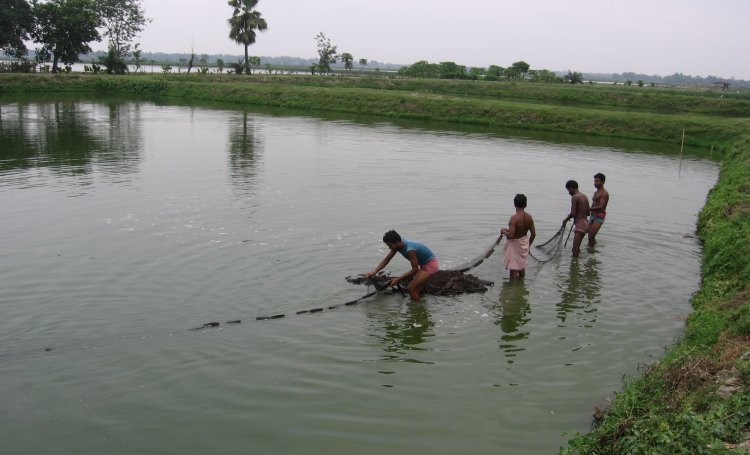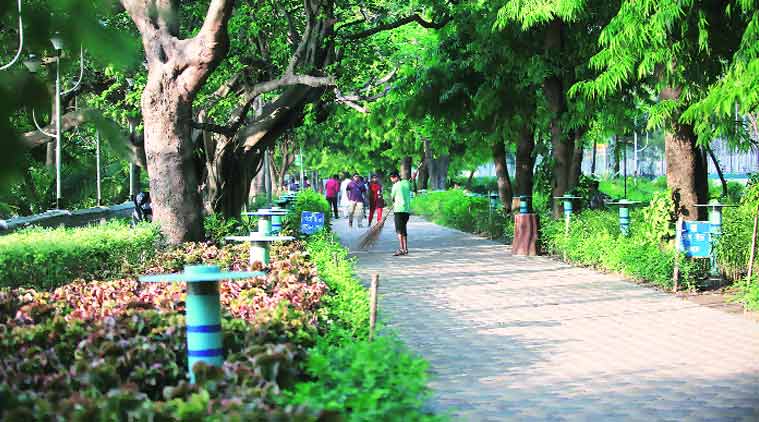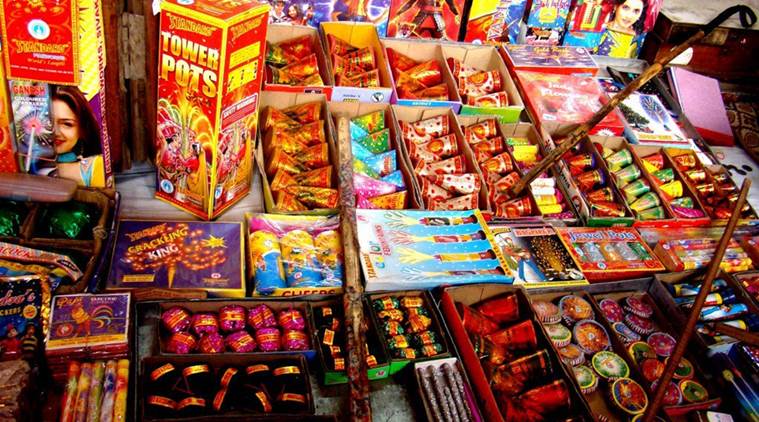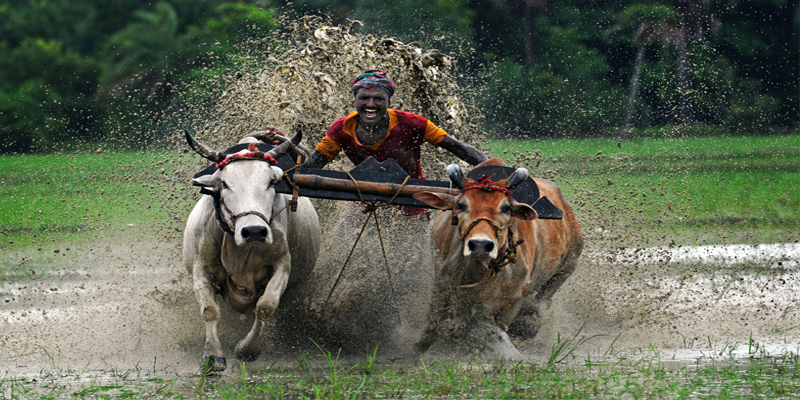The around 2,600 Primary Agricultural Cooperative Societies (PACS), which are the main deposit mobilising institutions in rural areas, are being upgraded by the State Government by computerising them and connecting them to core banking solution of cooperative banks.
This is meant to further extend banking service to the rural populace in the State, to places which lack proper banks. Thus a PACS would become a customer service point for banking facilities.
The work to upgrade 1,133 PACS to banks has already been initiated. The target for completing the upgrading of all the PACS has been set as the end of financial year 2019-20. Upgrading all PACS would ensure that people in every part of the State can avail banking facilities.
The State Level Monitoring Committee for Cooperative Sector, a high-powered committee set up last January to look into the matter of extending banking facilities to more rural areas, has suggested the above as well as a series of other measures to improve the cooperative sector, which have been accepted by the Bengal Government.
It has recommended that district and state cooperative banks open bank branches in the gram panchayats with no banking facilities. Steps have already been taken to install micro-ATMs in all the PACSs.
The panel has proposed the establishment of 2,000 farm machinery hubs through the best-performing PACS. This has also been accepted by the Government. During 2018-19, 1,000 such hubs will be established; the remaining will be taken up during the 2019-20 fiscal.
Citing the current practice of giving interest subsidy to farmers for short-term crop loans from cooperatives, the committee has suggested that the same facility should be provided for long-term loans as well.
The State Government has also decided to give ad hoc grant to all employees of cooperatives and the amount of the grant is to be raised from Rs 1,000 per to Rs 2,000 per month.
The cooperative employees will also be brought under the Swasthya Sathi scheme of the State Government.
The State Government has also taken necessary steps so that the audit of all cooperative bodies is carried out and corrective measures, if needed, are taken immediately.
Source: Millennium Post










